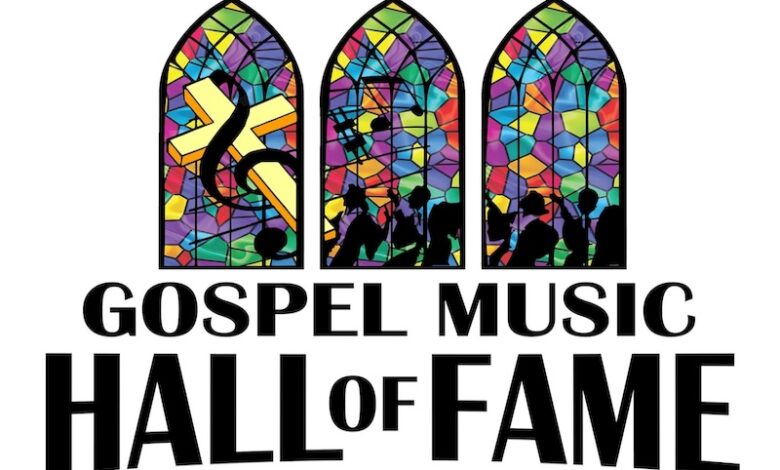Historic St. Louis Gospel Music Hall of Fame Expands Vision with Cultural Plaza

The Gospel Music Hall of Fame in St. Louis is expanding its vision beyond its initial scope, evolving from a single building into an ambitious cultural plaza that promises to become a landmark destination for music enthusiasts and history buffs alike.
Former Missouri Governor Mike Parson’s approval of $2 million in funding has catalyzed the project’s growth. The first phase, scheduled to open in early 2026, will showcase select artifacts and provide visitors with a glimpse of the museum’s future through detailed renderings, according to founder Dr. Monica Butler.
The Hall of Fame has forged a strategic partnership with the Missouri History Museum to collect and preserve precious artifacts. The institution is actively seeking historic items including performance dresses, organs, sheet music, and newspaper clippings that document gospel music’s rich heritage.
“This project represents more than just preserving artifacts,” Butler explained. “It’s about honoring those who paved the way and ensuring their contributions to gospel music are remembered for generations to come.” Read more about the museum’s mission HERE.
The renowned design firm PGAV Destinations has developed a comprehensive master plan for the complex. Diane Lochner from PGAV envisions the space attracting diverse audiences, from devoted gospel music fans to architecture enthusiasts drawn to the historic Holy Corners District.
The ambitious plan encompasses multiple facilities, including performance venues, recording studios, rehearsal spaces, a restaurant, and hotel accommodations. The project’s centerpiece, the historic Second Baptist Church built in 1907, requires significant renovation, particularly following a 2021 fire that damaged its iconic steeple.
Looking beyond physical preservation, the museum will incorporate educational initiatives. These programs will train future conservationists in artifact preservation techniques and offer instruction in gospel music performance.
The institution continues to build momentum through fundraising concerts and its annual induction ceremonies, which celebrate artists who have shaped gospel music’s evolution. These events not only honor the past but also help secure the museum’s future.
“When people understand music’s roots, particularly gospel’s influence, they connect with something profound,” Butler reflected. “This facility will allow visitors to not just see history, but experience it – to feel the power and passion that makes gospel music unique.”
–Alan Goforth






